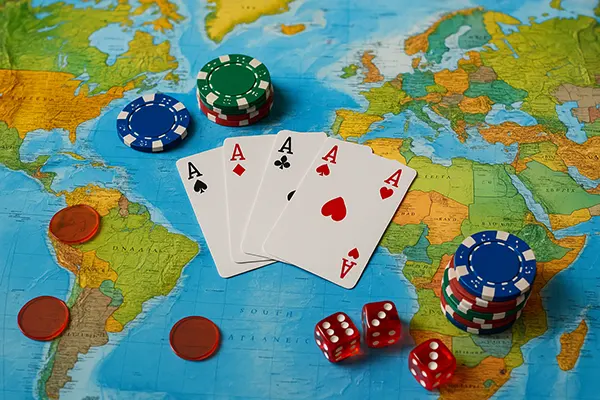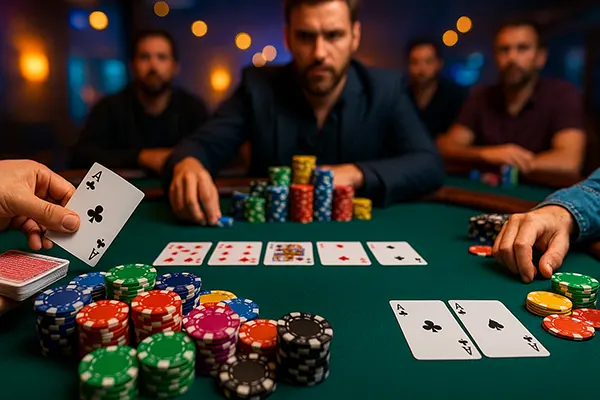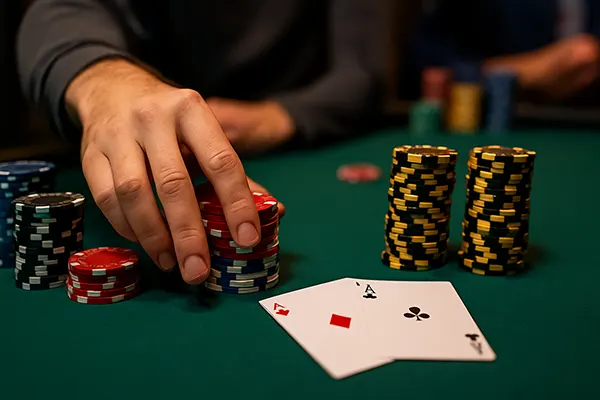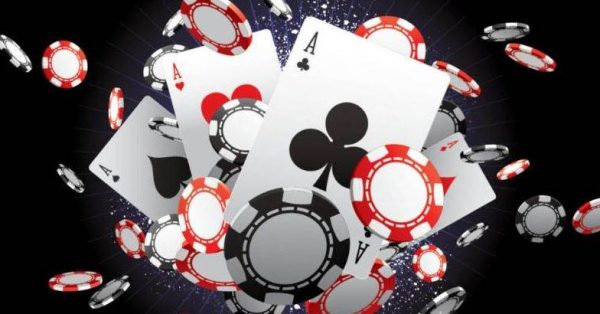
What is FD in poker
People who have been playing poker for a long time use the term “draw” in their jargon. Let’s now answer the question what is FD? In this form of gambling, it’s abbreviated to the first letters of flush draw, and it means four cards of the same suit. Considering all the action that occurs during the first flush hand, the opponents, the amount of chips the poker player has and the game format, this hand can be dangerous and powerful.
What is a Flush Draw in Poker
A Flush draw refers to a pre-flush hand. A FD is four cards of the same suit, a common hand consisting of two of the player’s face-down cards and a couple of the player’s community cards or 1 and 3, respectively. A strong hand in poker is an incomplete combination that goes into a best flush.
Draws can be backdoor, meaning that outs must come on 4 or 5 cards to make the combination.
How to determine how strong a flush draw is in a particular situation
The potential of a flush draw depends on several factors:
- The strength of the card combination. Pay attention to what cards came to you when you dealt, the higher the value of the cards that make up an incomplete combination, the stronger it is.
- The texture of the cards laid out on the board. Generic cards, which are present on the board, give additional strength.
- The opponents’ spectra. This is a major factor, and one which influences one’s line of play. Some boards are more suitable for opponents, giving you an opportunity to put money in the pot. Others are discouraging, forcing hands down.
- Position. When a player starts after his opponent, and thus gains a share of the Pot.
- Outs and Other Combinations. If there are overcards in a closed hand, equity may increase, thus obtaining a winning combination without collecting a flush.
To calculate the probability of a reinforcing FD in play, the simplified 2-4 rule must be used. It says that each clean out yields approximately 2% equity on one street and 4% equity on 2. If a player is holding a nine-card boosting FD, he can get at least 36% on the flop and 18% on the turn.
To calculate net outs, some of these must be discounted. So with a flop of 2 spades,8 and 9 diamonds, going 2 diamonds on the turn is a more dangerous option. Especially if your opponent played a cold call on the preflop. His range includes 22, 88 and 99.
Let’s try to make an estimate of how equity will change depending on the board and draw level. This can be done with a poker calculator.
Best Draw
When choosing a line to draw flush draws, pay attention to 3 important questions:
- How high is the equity of the cards?
- Does the hand have showdown value?
- Is the fold equity high on the current street?
In order to understand the whole situation at the table, it is necessary to analyse your opponent’s stats. If your opponent is giving away cards without much trouble, you should play so that he discards with a low FD, unable to win on showdown. A very aggressive opponent, on the other hand, should be allowed to be active.
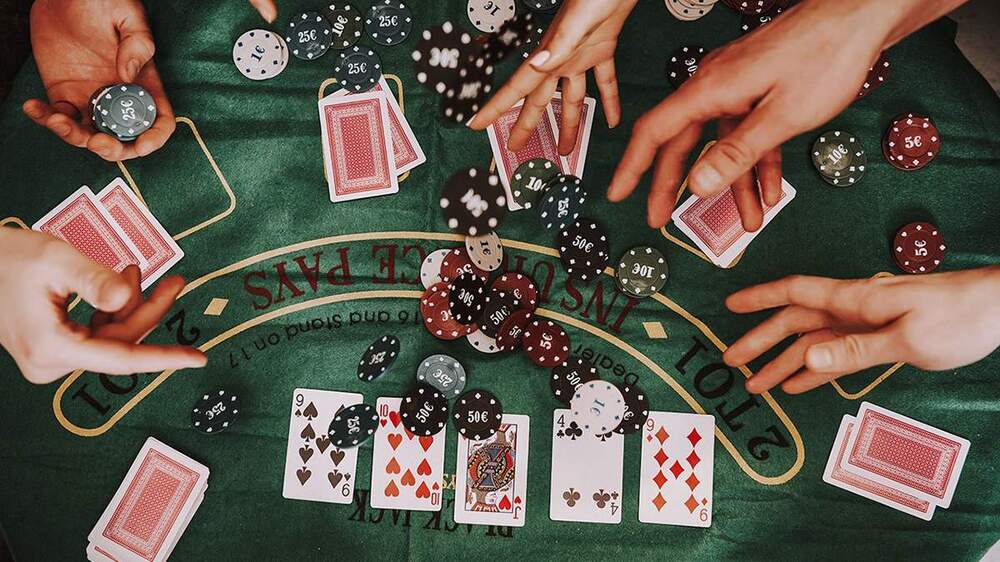
Aggression
Raises in position and check-raises without it are often made with low FDs. For example, 8 Spades and 5 Spades on the Flop, 9 Spades and Jack of Spades, 3 Hearts. If your opponent doesn’t even hit a pair, the 8-high still won’t win the pot on the showdown.
You can, of course, try to play without much of an asset, thus forming a combination and picking up an equity with it. If the cards are stronger, you can make the opponent pay for the next street.
Showing your advantage over your opponent, even with low cards, is very advantageous. Very often it is after a backdoor call on the flop with no position, and the necessary outs coming in on the turn. Fold equity goes up because the nets are blocked. Three cards of the same suit on the table can discourage opponents.
Showing an advantage over your opponent is only necessary when your hand has additional combinations other than FD. For example, a Gauntlet, OESD, or Overcards.
Maximum bid with no raise and no equalisation
This may seem unreasonable to young poker players, but max without raise is an interesting line to play with strong FDs.
Such hands have stable equity and have showdown equity. By playing very aggressively, you run the risk of making a big score. Being in position, your opponent will avoid trouble after an out, closing the flush. Holding the initiative, on the other hand, he’ll continue his aggression on dangerous cards more often.
Examples used in practice
Let’s try to make sense of situations at the gaming table. In fact, our guidelines can be used as examples. Try looking at things from different angles all the time, and ask yourself why a particular action is so much better than others.
Choosing an action to continue the hand with an FD on the turn
Aggressive play with weak and passive play with strong FDs in poker works on the flop and river. Let’s try to understand the reasons why. The low value cards on the showdown will not win over the higher value ones. There is a huge chance of a better outcome in the game, and that is to take the pot right now.
Flush Draws on the Turn
With the right of last resort on the street, most FDs should be played passively via call. This helps to hide card potential, while your opponent gives information with his actions.
In this situation, the opponent has converted the turn without betting on the turn, then you should bet with the worst half of the FDs due to lack of showdown. And with stronger cards – players transfer without betting. If a flush comes on the river, you can effectively bluff with them.
Flush Draw + Top Pair with a Medium Kicker
The common solution with a top pair and medium kicker is check-call. It’s not a good idea to break the pot at the risk of domination. But if a player additionally has a flush draw, it is preferable to bet on your own.
In order to get a large amount of money – play aggressively. Very often this will give a chance to get a call on 3 consecutive streets.



